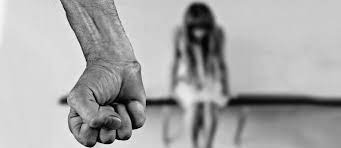Physical Abuse

Physical Abuse
The signs of Physical Abuse in children can be similar to those you might see in vulnerable adults and young people.
Non-accidental use of force that results in bodily injury, pain, or impairment. This includes, but is not limited to, being slapped, burned, cut, bruised or improperly physically restrained. Physical abuse is not limited to children and can happen to adults of any age.
New York State Office Of Children And Family Services
Everyone working within your Religious Life Group should ensure they are familiar with the Indicators and Signs of Physical Abuse…

Assault, hitting, slapping, punching, kicking, hair-pulling, biting, pushing
Rough handling
Scalding, burning
Physical punishments
Unlawful or inappropriate use of restraint
Making someone purposefully uncomfortable
Involuntary isolation or confinement
Misuse of medication
Force feeding or withholding food
Unauthorised restraint that restricts movement (tying to chair)
Even after the bruises disappear, the scars inside you are still there.
J.W. Lynne

No explanation for injuries or inconsistency in account of what happened
Injuries inconsistent with person’s lifestyle
Bruising, cuts, welts, burns and or marks on the body or loss of hair in clumps
Frequent injuries
Unexplained falls
Subdued or changed behaviour in the presence of certain people
Signs of malnutrition
Failure to seek medical treatment or frequent changed of GP

Support for those who have experienced or been affected by Physical Abuse
https://www.mind.org.uk/information-support/guides-to-support-and-services/abuse

